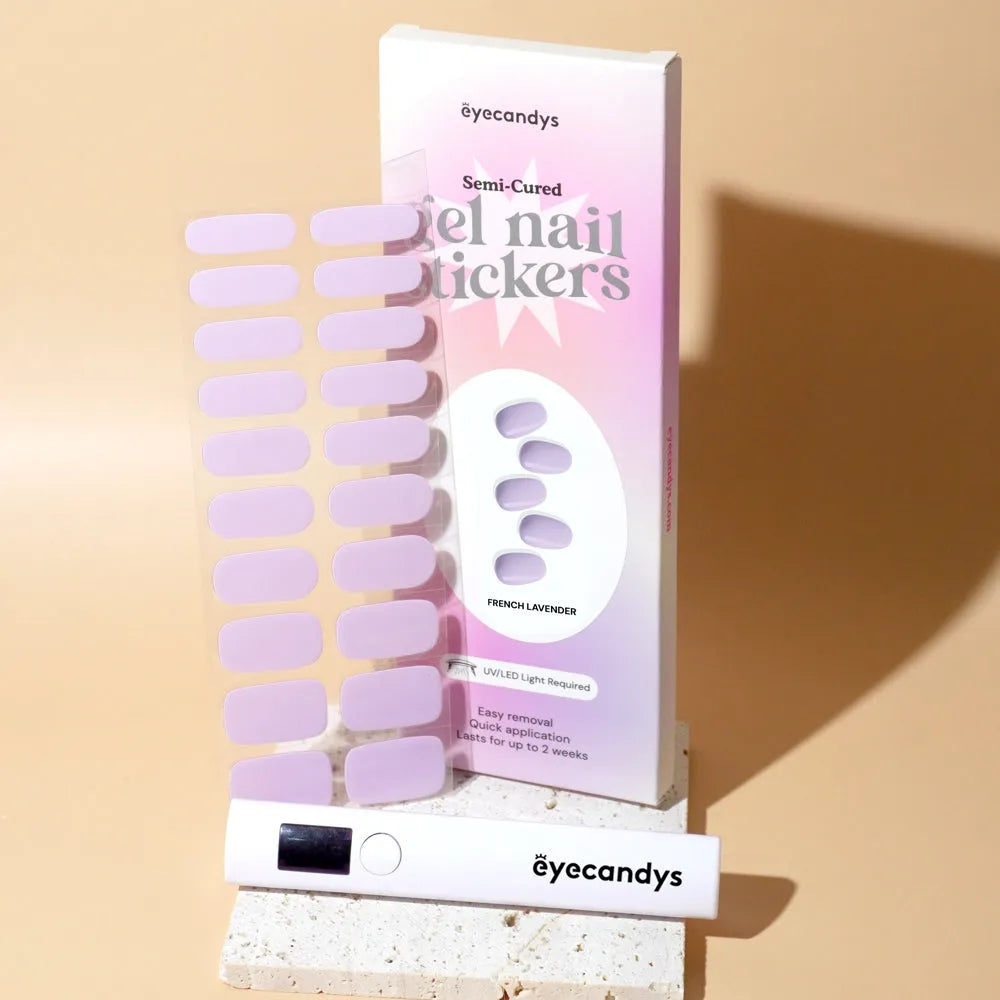The world of colored contacts is a kaleidoscope of possibilities. From fiery crimson to mesmerizing violet, these lenses can transform your look in an instant, adding a touch of drama for everyday wear or completing a show-stopping cosplay. But how exactly do these tiny discs achieve such dramatic effects? This comprehensive guide delves into the science, materials, and functionalities of colored contacts, empowering you with a deeper understanding of how they work.
A World of Color Options
Colored contacts come in a variety of styles to suit your needs. Opaque colored contacts offer full color coverage, completely changing your natural eye color. They're perfect for achieving dramatic transformations or replicating specific character looks. Enhancing colored contacts, on the other hand, add a subtle touch of depth and vibrancy to your natural eye color. These are ideal for those who want a more natural-looking change. Finally, prescription colored contacts combine the benefits of vision correction with the ability to alter your eye color.
Demystifying the Materials
At the heart of every colored contact lens lies a foundation of specialized materials. The two most common types are:
-
Hydrogels: These are soft and flexible lenses with a high water content, making them comfortable for everyday wear. However, they may not be as durable as other materials and can dry out more easily.
-
Silicone Hydrogels: An advanced type of hydrogel, these lenses offer increased breathability, allowing your eyes to receive more oxygen. They are also a more durable option and tend to resist dryness better than traditional hydrogels.
The manufacturing process for colored contacts involves creating the base lens material, incorporating the color using either pigmentation or tinting techniques (explored further in section 3), and shaping the lens to ensure a comfortable fit.
The Science of Color
The magic behind colored contacts lies in how they incorporate color:
-
Pigmentation: This method involves embedding colored pigments within the lens material itself. Pigmented contacts offer full color coverage, completely transforming your natural eye color. They are ideal for achieving dramatic effects.
-
Tinting: This method applies a colored tint to the surface of the lens. Tinted contacts offer a more subtle color enhancement, allowing some of your natural eye color to show through. They are a great choice for those who want to add a touch of depth or vibrancy without completely masking their natural eye color.
The opacity of the contact lens also plays a role. Opaque lenses completely block your natural eye color, while translucent lenses allow some of it to show through. Choosing the right opacity depends on your desired color effect.
Functionality and Design
While colored contacts add a touch of flair, their primary function is to allow you to see clearly. This is achieved through a couple of key design elements:
-
Clear Central Zone: Every colored contact lens features a clear central zone that aligns with your pupil. This ensures unobstructed vision and allows light to pass through to the retina for clear sight.
-
Pupil Dilation: Our pupils naturally dilate and constrict in response to light. Colored contacts are designed to accommodate this movement, ensuring the colored portion doesn't obstruct your pupil even when dilated.
Considerations for Safe and Comfortable Use
Safe and comfortable colored contact wear requires some important considerations:
-
Eye Exams and Fittings: Even if you don't require vision correction, getting a proper eye exam and fitting for colored contacts is crucial. This ensures the lenses fit your eyes correctly and are safe for wear.
-
Contact Lens Duration: Colored contacts come in various durations, including daily disposables, weekly replacements, and monthly lenses. The ideal choice depends on your wear frequency and preferences. Daily disposables are ideal for occasional wear, while monthly lenses offer a more cost-effective option for frequent users.
-
Lens Care and Hygiene: Just like regular contact lenses, colored contacts require proper care and hygiene practices to prevent infections. Always follow your eye doctor's instructions for cleaning and storing your lenses.
Colored Contacts for Special Needs
Colored contacts aren't just for aesthetics. They can also serve corrective purposes:
-
Vision Correction: Colored contacts can be made with corrective power to address refractive errors like nearsightedness or astigmatism. This allows you to enjoy the benefits of colored contacts while correcting your vision.
-
Prosthetic Contacts: For individuals with ocular anomalies, colored contacts can act as prosthetic lenses. These custom-designed lenses can improve the appearance of the eye while offering some degree of vision correction.
Safety First
When it comes to colored contacts, safety is paramount. Here's what to keep in mind:
-
Reputable Sources: Always purchase colored contacts from reputable sources, such as licensed eye care professionals or authorized retailers. Avoid novelty vending machines or costume shops, as these contacts may not meet safety standards and could pose a serious health risk to your eyes.
-
Potential Risks: As with any foreign object in the eye, colored contacts can pose some potential risks. These include eye infections, allergies, and corneal abrasions. Proper hygiene practices and following your eye doctor's instructions can significantly minimize these risks.
-
Minimizing Risks: Here are some tips for minimizing risks associated with colored contacts:
-
Never sleep in your colored contacts unless specifically advised by your eye doctor.
-
Avoid wearing colored contacts for extended periods, especially if your eyes feel dry or uncomfortable.
-
Discontinue use and consult your eye doctor if you experience any redness, irritation, or discomfort while wearing colored contacts.
8. Conclusion
Colored contacts are a fascinating innovation that allows for dramatic eye color transformations, subtle enhancements, and even vision correction. By understanding the materials, color technology, functionality, and proper care practices, you can embrace the world of colored contacts with confidence. Remember, responsible use and following your eye doctor's guidance are key to enjoying the beauty and benefits of colored contacts while maintaining healthy eyes.
Glossary of Terms:
-
Opacity: The degree to which a contact lens blocks light, affecting the visibility of your natural eye color.
-
Hydrogel: A soft and flexible contact lens material with high water content.
-
Silicone Hydrogel: An advanced contact lens material offering increased breathability compared to traditional hydrogels.
-
Pigmentation: The method of embedding colored pigments within the lens material for full color coverage.
-
Tinting: The method of applying a colored tint to the surface of the lens for subtle color enhancement.







